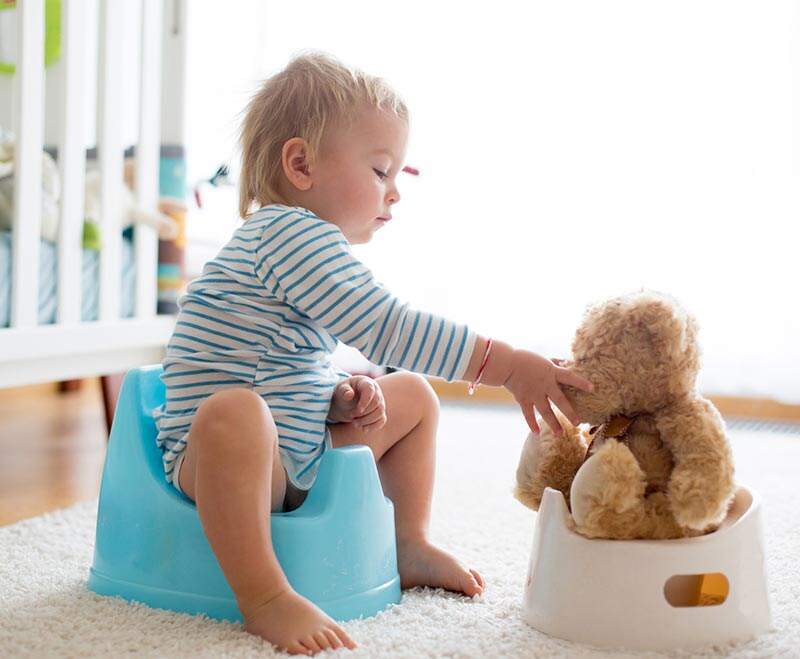
Toilet Training Through an Occupational Therapist’s Lens
Toilet training is a big step in early childhood. For some kids it clicks quickly, and for others it takes more time and that’s completely normal. As an occupational therapists, we see toilet training as more than just a bathroom skill. It’s a mix of motor skills, sensory experiences, communication, and emotional readiness all coming together.
Readiness Matters More Than Age
Parents often feel pressure to start training by a certain age, but what really matters are the signs that your child is ready.
Some of these include:
► Noticing when their diaper is wet or dirty
► Staying dry for at least 1–2 hours
► Walking to the bathroom and being able to pull pants up and down
► Showing interest in the toilet or copying siblings/parents
► Following simple one- or two-step instructions
When these signs show up, your child is telling you they’re ready. Focusing on readiness instead of a strict age helps avoid frustration for both parent and child.
The Sensory Side of Toileting
Bathrooms can feel overwhelming for little ones. The toilet flush might sound too loud, the seat may feel cold, or smells could bother them. For some kids, these sensations are a big deal.
What helps:
⇒ A footstool so their feet don’t dangle (gives a sense of security)
⇒ Gradual practice with the flush so the sound feels less startling
⇒ Making the bathroom routine predictable and calm
The goal is to make the space feel safe and comfortable.
Motor Skills and Positioning
Using the toilet is more than just sitting down. Kids need balance, coordination, and the ability to manage clothing.
Some simple adjustments can help:
♦ A small potty chair for stability
♦ A footstool for support on a big toilet
♦ Easy-to-pull-down clothing like elastic waistbands until they master buttons and zippers
These little changes can boost confidence and independence.
Communication and Routine
Children also need ways to let you know they have to go. Some will use words, others might point, and some benefit from pictures or visual schedules. A clear step-by-step routine—pants down, sit, wipe, flush, wash hands—helps children know what’s coming next and builds consistency.
Handling Emotions and Setbacks
Toilet training can bring up big feelings. Some kids resist, others get anxious about accidents or new bathrooms. Here’s where patience matters most.
Strategies that help:
► Encouragement instead of punishment
► Practicing with dolls or storybooks
► Extra patience during life changes like moving house, new sibling, or
starting school
Progress isn’t always a straight line, and that’s okay.
Supporting Children with Different Needs
Children with autism, sensory sensitivities, or physical challenges might need extra strategies.
For example:
⇒ Timers or scheduled bathroom breaks if they don’t notice body signals
⇒ Weighted lap pads for calming while sitting
⇒ Adaptive tools like child-sized seats or easy-grip wipes
Toilet training can look different for every child, and that’s normal.
Working Together with Families
At the heart of it, toilet training is about growing independence and confidence. As an OT, I work alongside families to find what works for their child—adjusting the approach as skills and comfort grow.
Toilet training isn’t just about the bathroom. It’s about a child feeling capable, supported, and proud of themselves. With patience and the right strategies, every child can get there in their own time.
Back to Blogs